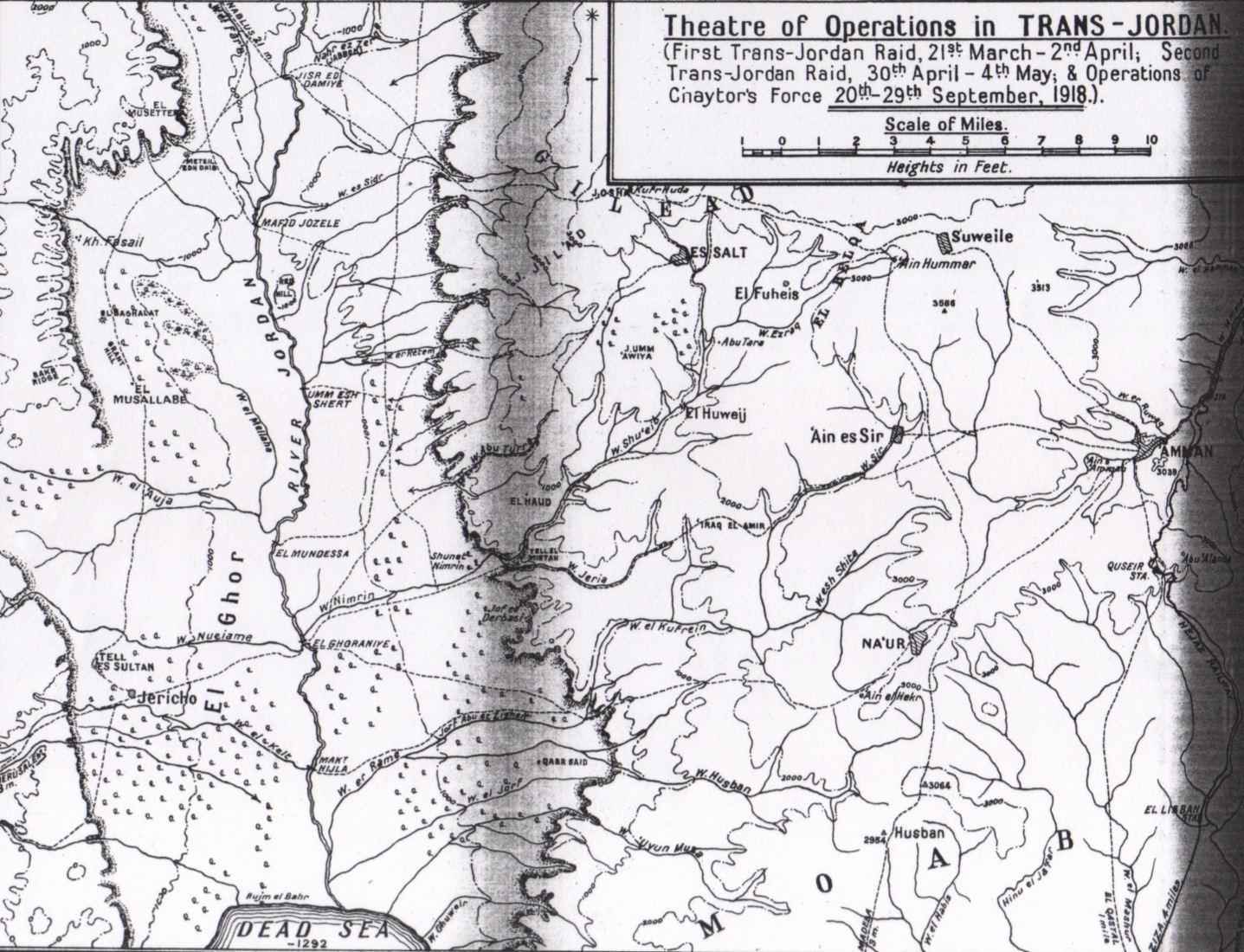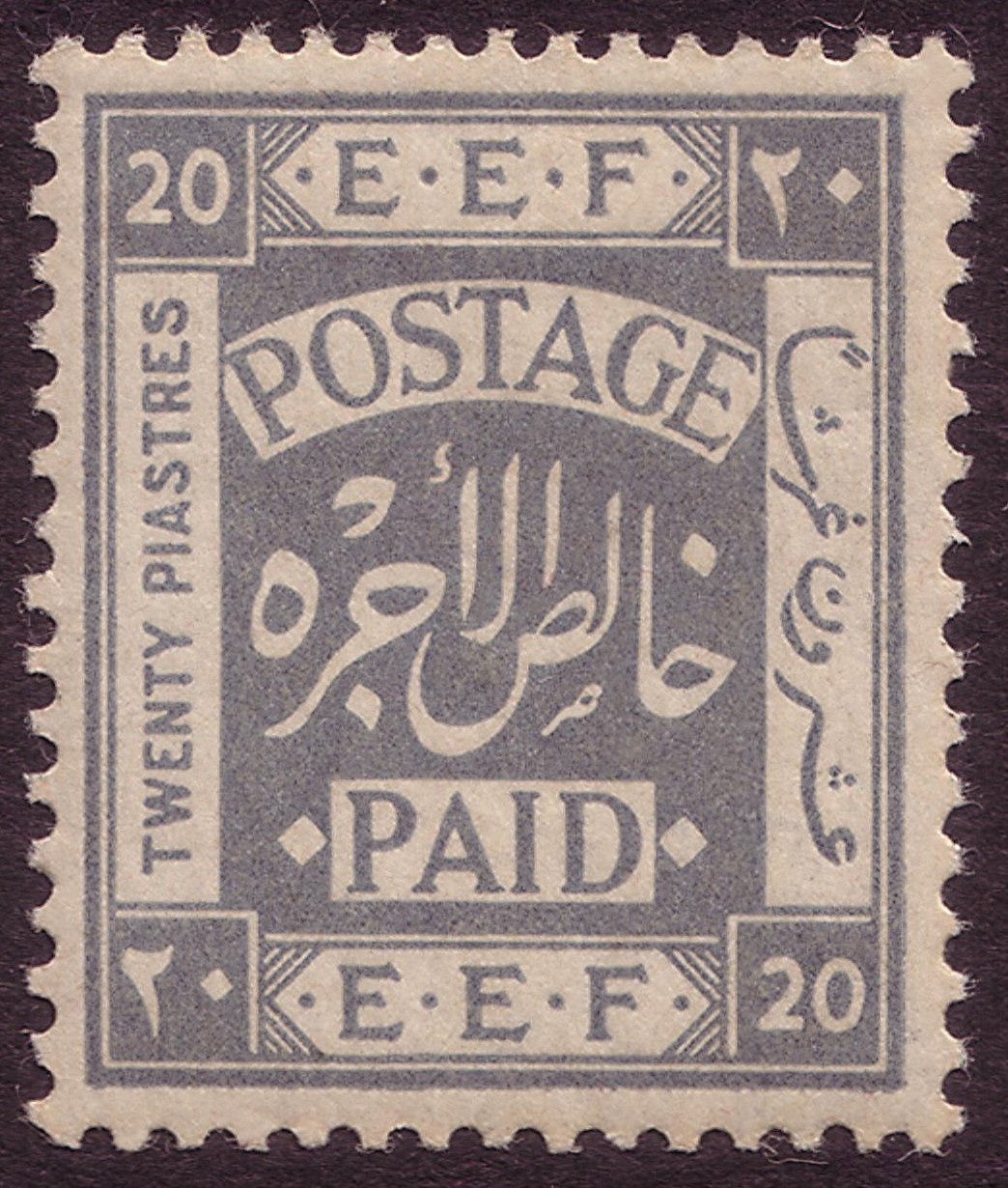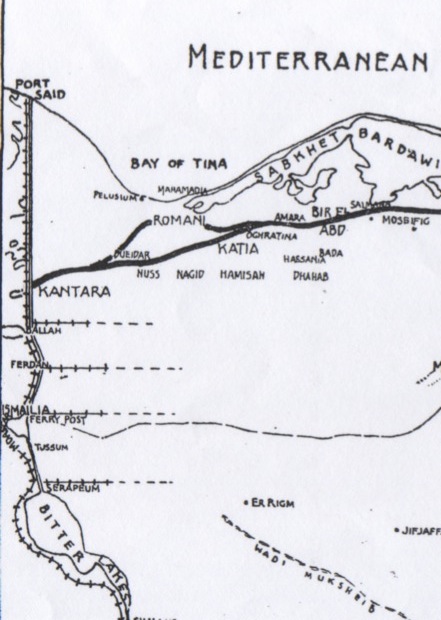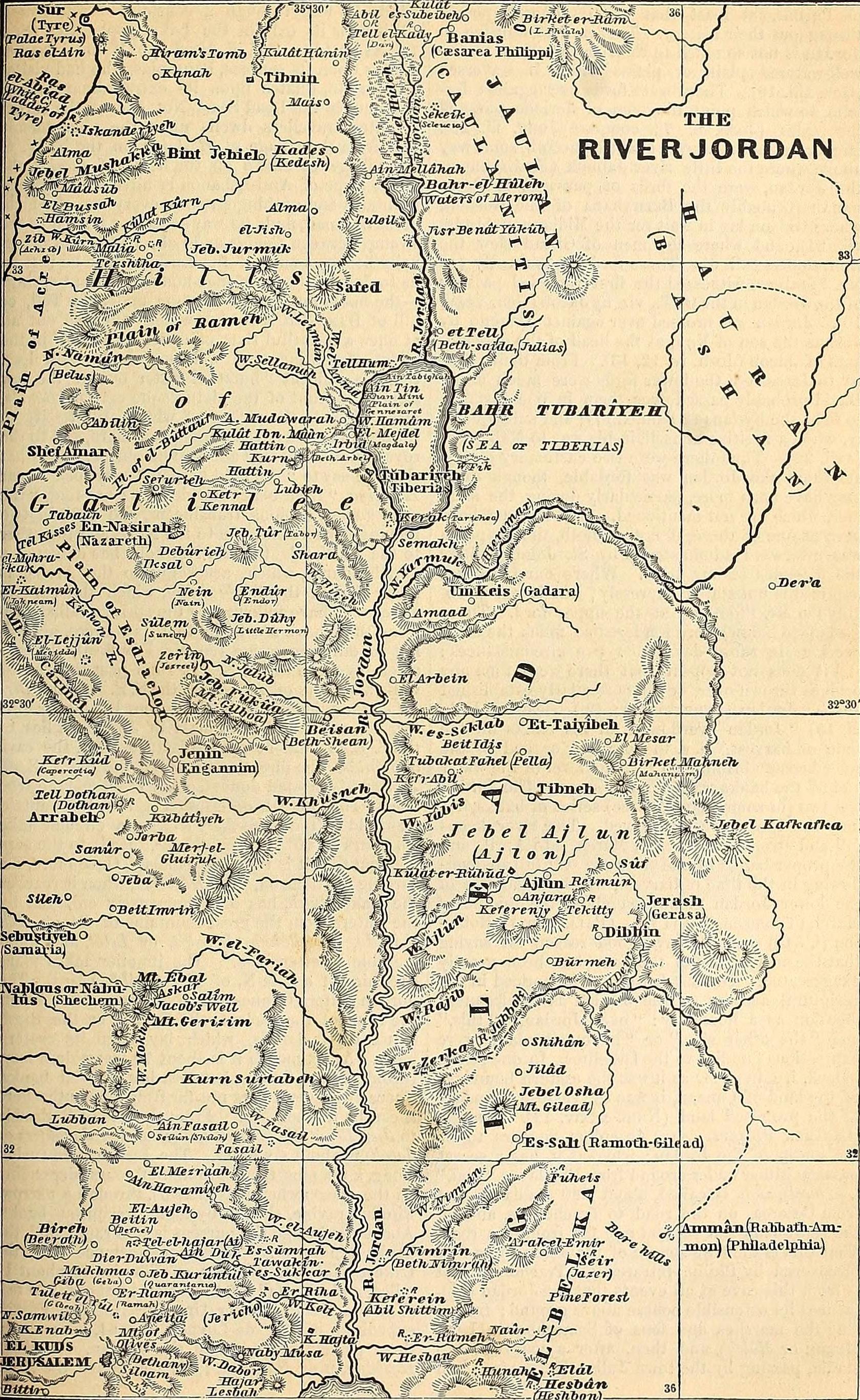|
Second Transjordan Attack On Shunet Nimrin And Es Salt
The Second Transjordan attack on Shunet Nimrin and Es Salt, officially known by the British as the Second action of Es SaltBattles Nomenclature Committee 1922 p. 33 and by others as the Second Battle of the Jordan,Erickson 2001 p. 195 was fought east of the Jordan River between 30 April and 4 May 1918, during the Sinai and Palestine Campaign of the First World War. The battle followed the failure of the First Transjordan attack on Amman fought at the beginning April.Baly 2003 p. 202 During this second attack across the Jordan River, fighting occurred in three main areas. The first area was the Jordan Valley between Jisr ed Damieh and Umm esh Shert, where the Egyptian Expeditionary Force (EEF) defended their advanced position against an attack by units of the Seventh Army based in the Nablus region of the Judean Hills. The second area was on the eastern edge of the Jordan Valley where the Ottoman Army garrisons at Shunet Nimrin and El Haud, on the main road from Ghoraniye ... [...More Info...] [...Related Items...] OR: [Wikipedia] [Google] [Baidu] [Amazon] |
Middle Eastern Theatre Of World War I
The Middle Eastern theatre of World War I saw action between 30 October 1914 and 30 October 1918. The combatants were, on one side, the Ottoman Empire, with some assistance from the other Central Powers; and on the other side, the British Empire, British (with the help of Nili, a small number of Jews, Greeks, Armenians, some Kurdish tribes and Arab states, along with British Raj, Hindu, Sikh and Muslim colonial troops from India) as well as troops from the British Dominions of Australia, Canada, and New Zealand, the Russian Empire, Russians (with the help of Armenians, Assyrians, and occasionally some Kurdish tribes), and the French Third Republic, French (with its French North Africa, North African and French West Africa, West African Muslim, Christian and Traditional African religions, other colonial troops) from among the Allies of World War I, Allied Powers. There were five main campaigns: the Sinai and Palestine campaign, Sinai and Palestine, Mesopotamian campaign, Mesopo ... [...More Info...] [...Related Items...] OR: [Wikipedia] [Google] [Baidu] [Amazon] |
Imperial Camel Corps
The Imperial Camel Corps Brigade (ICCB) was a camel-mounted infantry brigade that the British Empire raised in December 1916 during the First World War for service in the Middle East. From a small beginning the unit eventually grew to a brigade of four battalions, one battalion each from Great Britain and New Zealand and two battalions from Australia. Support troops included a mountain artillery battery, a machine gun squadron, Royal Engineers, a field ambulance, and an administrative train. The ICC became part of the Egyptian Expeditionary Force (EEF) and fought in several battles and engagements, in the Senussi Campaign, the Sinai and Palestine Campaign, and in the Arab Revolt. The brigade suffered 246 men killed. The ICC was disbanded in May 1919 after the end of the war. Formation Background The advantages of camels in a desert environment are well known, and the British Army had raised the Somaliland Camel Corps in 1912. However the British Army forces serving in Egy ... [...More Info...] [...Related Items...] OR: [Wikipedia] [Google] [Baidu] [Amazon] |
Jordan Rift Valley
The Jordan Rift Valley, also Jordan Valley ( ''Bīqʿāt haYardēn'', Al-Ghor or Al-Ghawr), is an elongated endorheic basin located in modern-day Israel, Jordan and the West Bank, Palestine. This geographic region includes the entire length of the Jordan River – from its sources, through the Hula Valley, the Korazim block, the Sea of Galilee, the Jordan Valley (Middle East), (Lower) Jordan Valley, all the way to the Dead Sea, the lowest land elevation on Earth – and then continues through the Arabah depression, the Gulf of Aqaba whose shorelines it incorporates, until finally reaching the Red Sea proper at the Straits of Tiran. History and physical features The Jordan Rift Valley was formed many millions of years ago in the Miocene epoch (23.8 – 5.3 Myr ago) when the Arabian plate moved northward and then eastward away from Africa. One million years later, the land between the Mediterranean Sea, Mediterranean and the Jordan Rift Valley rose so that the sea water stoppe ... [...More Info...] [...Related Items...] OR: [Wikipedia] [Google] [Baidu] [Amazon] |
Judean Hills
The Judaean Mountains, or Judaean Hills (, or ,) are a mountain range in the West Bank and Israel where Jerusalem, Bethlehem, Hebron and several other biblical sites are located. The mountains reach a height of . The Judean Mountains can be divided into a number of sub-regions, including the Mount Hebron ridge, the Jerusalem ridge and the Judean slopes. The Judaean Mountains formed the heartland of the Kingdom of Judah (930–586 BCE), where the earliest Jewish settlements emerged, and from which Jews are originally descended. Geography The Judaean Mountains are part of a more extended range that runs in a north-south direction. The ridge consists of the Samarian Hills in its northern part, and of the Judaean Mountains in its southern part, the two segments meeting at the latitude of Ramallah. The westward descent from the hard limestone country of the Judaean mountains towards the coastal plain is by way of a longitudinal trough of fosse cut through chalk, followed by the lo ... [...More Info...] [...Related Items...] OR: [Wikipedia] [Google] [Baidu] [Amazon] |
Nablus
Nablus ( ; , ) is a State of Palestine, Palestinian city in the West Bank, located approximately north of Jerusalem, with a population of 156,906. Located between Mount Ebal and Mount Gerizim, it is the capital of the Nablus Governorate and a commercial and cultural centre of the State of Palestine, home to An-Najah National University, one of the largest Palestinian institutions of higher learning, and the Palestine Exchange, Palestine Stock Exchange.Amahl Bishara, ‘Weapons, Passports and News: Palestinian Perceptions of U.S. Power as a Mediator of War,’ in John D. Kelly, Beatrice Jauregui, Sean T. Mitchell, Jeremy Walton (eds.''Anthropology and Global Counterinsurgency,''pp.125-136 p.126. Nablus is under the administration of the Palestinian National Authority (PNA). The modern name of the city can be traced back to the Roman Empire, Roman period, when it was named by Roman emperor Vespasian in 72 CE. During the Byzantine Empire, Byzantine period, conflict between the ci ... [...More Info...] [...Related Items...] OR: [Wikipedia] [Google] [Baidu] [Amazon] |
Seventh Army (Ottoman Empire)
The Ottoman Seventh Army was a large military formation of the Ottoman Empire in the late 19th and early 20th centuries. Although designated as an army, at least by 1918, it was only of corps strength. The Seventh Army was established in 1877 for service in Arabia and the Yemen. By 1908 it consisted of the 13th and 14th infantry divisions, one cavalry regiment and one artillery regiment and they were involved in combatting insurgent tribesmen in the Yemen. World War I Order of Battle, August 1917 In August 1917, the army was structured as follows:Edward J. Erickson, ''Order to Die: A History of the Ottoman Army in the First World War'', Greenwood Press, 2001, , p. 170. *Seventh Army, Syria (Mirliva Mustafa Kemal Pasha) ** III Corps *** 24th Division, 50th Division ** XV Corps *** 19th Division, 20th Division ** German Asia Corps In late 1917, commanded by Fevzi Pasha, the Seventh Army was ordered to advanced across the desert in order to bring pressure to bear upon Alle ... [...More Info...] [...Related Items...] OR: [Wikipedia] [Google] [Baidu] [Amazon] |
Egyptian Expeditionary Force
The Egyptian Expeditionary Force (EEF) was a military formation of the British Empire, formed on 10 March 1916 under the command of General Archibald Murray from the Mediterranean Expeditionary Force and the Force in Egypt (1914–1915), at the beginning of the Sinai and Palestine campaign of the First World War. History Formed in the British protectorate of the Sultanate of Egypt, the initially small force was raised to guard the Suez Canal and Egypt. After the withdrawal from the Gallipoli campaign the force grew into a large reserve to provide reinforcements for the Western Front, while the Western Frontier Force fought in the Senussi campaign from 1915 to 1917 and the Eastern Force (EF) defended the canal at the Battle of Romani in August 1916. Following the victory at Romani, part of the Eastern Force pursued the Ottoman invading force back to Palestine after the victories at the Battle of Magdhaba in December 1916 and the Battle of Rafa in January 1917, by which ... [...More Info...] [...Related Items...] OR: [Wikipedia] [Google] [Baidu] [Amazon] |
First Transjordan Attack On Amman
First most commonly refers to: * First, the ordinal form of the number 1 First or 1st may also refer to: Acronyms * Faint Images of the Radio Sky at Twenty-Centimeters, an astronomical survey carried out by the Very Large Array * Far Infrared and Sub-millimetre Telescope, of the Herschel Space Observatory * For Inspiration and Recognition of Science and Technology, an international youth organization * Forum of Incident Response and Security Teams, a global forum Arts and entertainment Albums * ''1st'' (album), by Streets, 1983 * ''1ST'' (SixTones album), 2021 * ''First'' (David Gates album), 1973 * ''First'', by Denise Ho, 2001 * ''First'' (O'Bryan album), 2007 * ''First'' (Raymond Lam album), 2011 Extended plays * ''1st'', by The Rasmus, 1995 * ''First'' (Baroness EP), 2004 * ''First'' (Ferlyn G EP), 2015 Songs * "First" (Lindsay Lohan song), 2005 * "First" (Cold War Kids song), 2014 * "First", by Lauren Daigle from the album '' How Can It Be'', 2015 * "First" ... [...More Info...] [...Related Items...] OR: [Wikipedia] [Google] [Baidu] [Amazon] |
World War I
World War I or the First World War (28 July 1914 – 11 November 1918), also known as the Great War, was a World war, global conflict between two coalitions: the Allies of World War I, Allies (or Entente) and the Central Powers. Fighting took place mainly in European theatre of World War I, Europe and the Middle Eastern theatre of World War I, Middle East, as well as in parts of African theatre of World War I, Africa and the Asian and Pacific theatre of World War I, Asia-Pacific, and in Europe was characterised by trench warfare; the widespread use of Artillery of World War I, artillery, machine guns, and Chemical weapons in World War I, chemical weapons (gas); and the introductions of Tanks in World War I, tanks and Aviation in World War I, aircraft. World War I was one of the List of wars by death toll, deadliest conflicts in history, resulting in an estimated World War I casualties, 10 million military dead and more than 20 million wounded, plus some 10 million civilian de ... [...More Info...] [...Related Items...] OR: [Wikipedia] [Google] [Baidu] [Amazon] |
Sinai And Palestine Campaign
The Sinai and Palestine campaign was part of the Middle Eastern theatre of World War I, taking place between January 1915 and October 1918. The British Empire, the French Third Republic, and the Kingdom of Italy fought alongside the Arab Revolt in opposition to the Ottoman Empire, the German Empire, and the Austro-Hungarian Empire. It started with an Ottoman attempt at raiding the Suez Canal in 1915 and ended with the Armistice of Mudros in 1918, leading to the cession of Ottoman Syria. Fighting began in January 1915, when a German-led Ottoman force invaded the Sinai Peninsula, then occupied by the British as part of a Protectorate of Egypt, to unsuccessfully raid the Suez Canal. After the Gallipoli campaign, British Empire veterans formed the Egyptian Expeditionary Force (EEF) and Ottoman Empire veterans formed the Fourth Army, to fight for the Sinai Peninsula in 1916. In January 1917 the newly formed Desert Column completed the recapture of the Sinai at the Battle o ... [...More Info...] [...Related Items...] OR: [Wikipedia] [Google] [Baidu] [Amazon] |
Jordan River
The Jordan River or River Jordan (, ''Nahr al-ʾUrdunn''; , ''Nəhar hayYardēn''), also known as ''Nahr Al-Sharieat'' (), is a endorheic river in the Levant that flows roughly north to south through the Sea of Galilee and drains to the Dead Sea. The river passes by or through Jordan, Syria, Israel, and the Palestinian territories. Jordan and the Israeli-occupied Golan Heights border the river to the east, while Israel and the Israeli-occupied West Bank lie to its west. Both Jordan and the West Bank derive their names in relation to the river. The river holds major significance in Judaism and Christianity. According to the Bible, the Israelites crossed it into the Promised Land and Jesus of Nazareth was baptized by John the Baptist in it. Etymology Several hypotheses for the origin of most of the river's names in modern languages (e.g., Jordan, Yarden, Urdunn), one is that it comes from Semitic 'Yard, on' 'flow down' <√ירד reflecting the river's declivity, possibly a ... [...More Info...] [...Related Items...] OR: [Wikipedia] [Google] [Baidu] [Amazon] |




